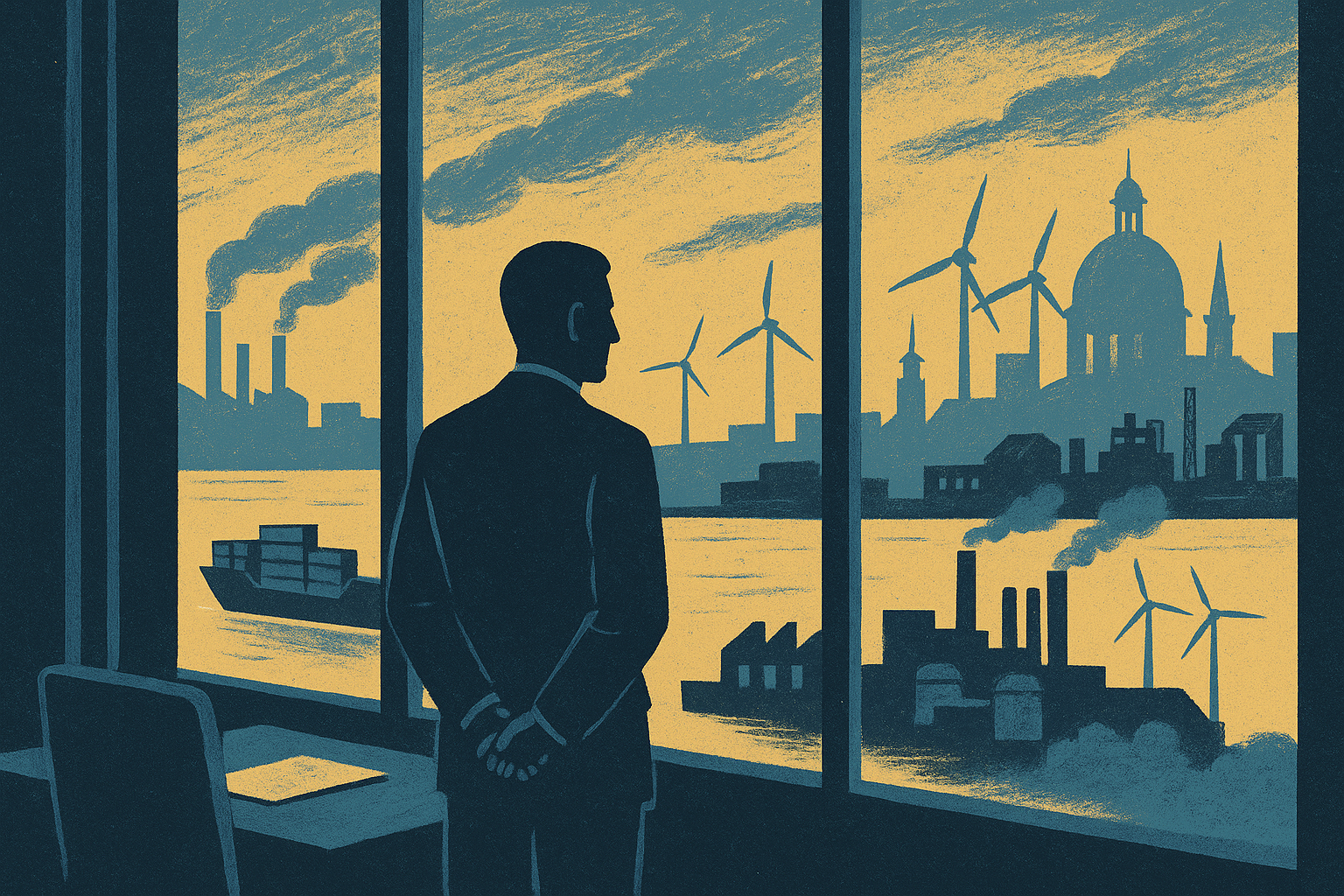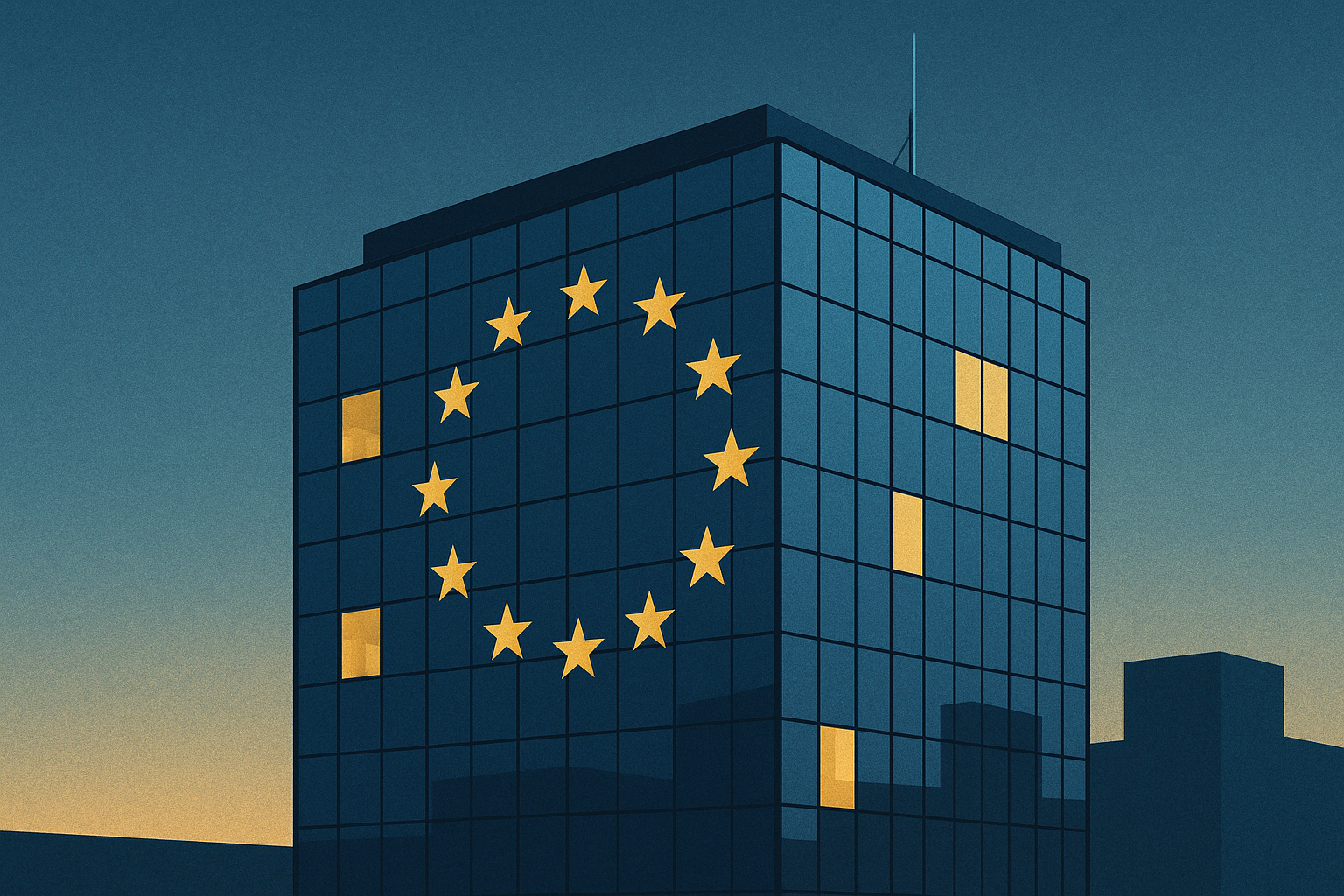The European Central Bank has delivered its eighth consecutive interest rate cut, lowering the deposit rate by 25 basis points to 2%. The move follows the release of May inflation figures, which showed euro area consumer prices rising at an annual rate of 1.9% — the first time in over eight months that inflation has dipped below the ECB’s 2% target.
President Christine Lagarde described the decision as “virtually unanimous” and said the Governing Council was now “well-positioned” to assess the impact of past rate moves. While stopping short of declaring a pause, Lagarde confirmed that future decisions would be made “meeting by meeting” and based entirely on data. Analysts took this as a signal that the pace of easing may now slow.
In its policy statement, the ECB cited a deterioration in near-term growth prospects, noting that “economic activity in the euro area remains subdued, especially in France, Germany and Italy.” It also pointed to rising external uncertainty, stating that U.S. trade measures are expected to dampen exports and business investment across the bloc. Since March, the White House has announced a series of tariff increases on EU goods, including a 25% levy on electric vehicles and broader duties set to come into force next month. The ECB said these measures were likely to weigh on the recovery, though public investment — particularly in infrastructure and defence — could provide a degree of support.
Markets responded cautiously. The euro briefly rose following Lagarde’s remarks but later retreated. The STOXX 600 index ended the day 0.2% higher, with banks rallying on expectations that rates may now stabilise. The Euro Stoxx Banks index gained 1.3%, while more rate-sensitive sectors such as real estate and consumer discretionary stocks underperformed.
One of the most exposed sectors remains automotive. According to modelling from Yale University’s Budget Lab, the 25% U.S. tariff could increase the average cost of an EU-made vehicle sold in America by $6,400, while also lifting U.S. consumer prices by 0.3 to 0.4 percentage points. In response, Mercedes-Benz has put forward a proposal for a reciprocal, duty-free vehicle trade arrangement and confirmed that the idea has been shared with officials in both Brussels and Washington.
The ECB did not release updated forecasts at this meeting. However, Lagarde referenced the “accumulating effects” of global trade tensions and noted that the bank “stands ready to adjust all of its instruments” if necessary. With the deposit rate now sitting well below those of the U.S. Federal Reserve and the Bank of England, attention is turning to whether planned fiscal spending by EU governments can help offset the drag from weakening exports. Economists at Deutsche Bank have warned that a deeper tariff dispute could reinforce the bloc’s low inflation environment, potentially delaying any return to monetary normalisation.




